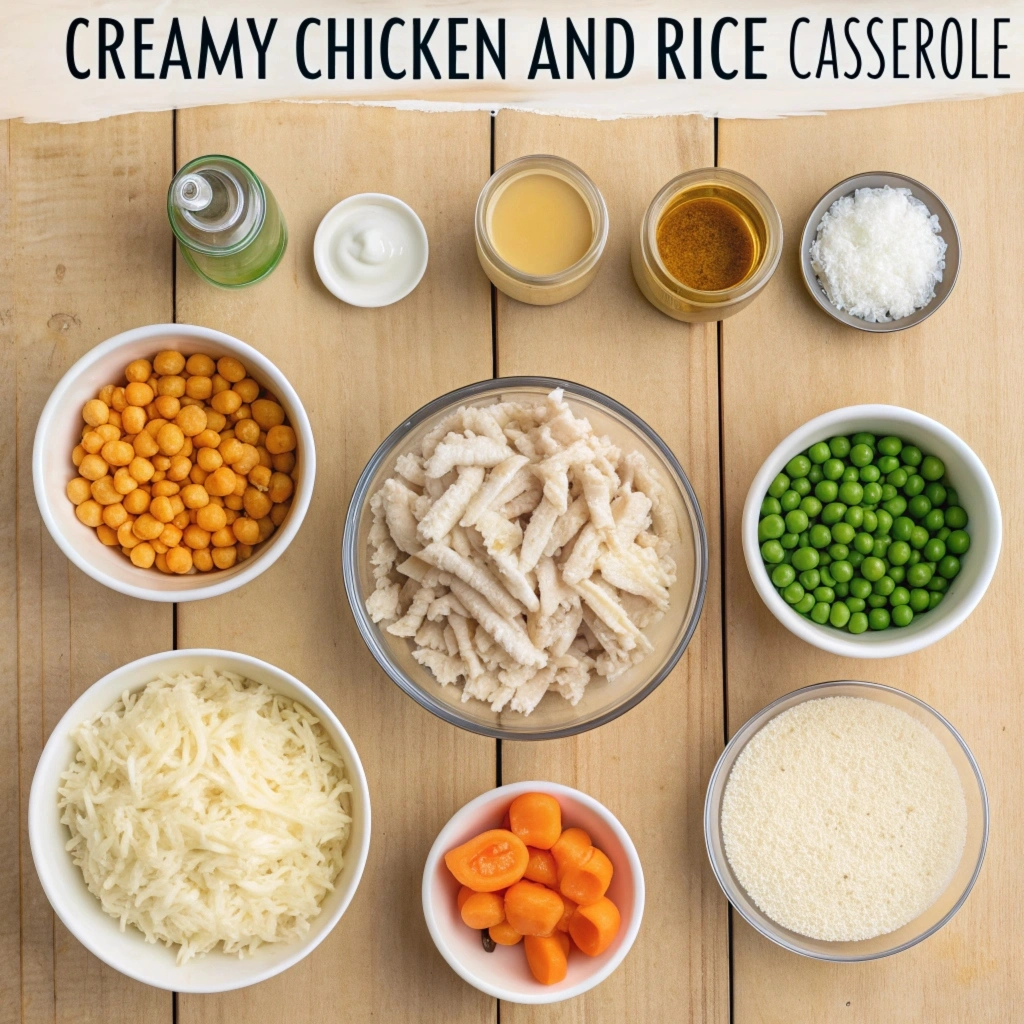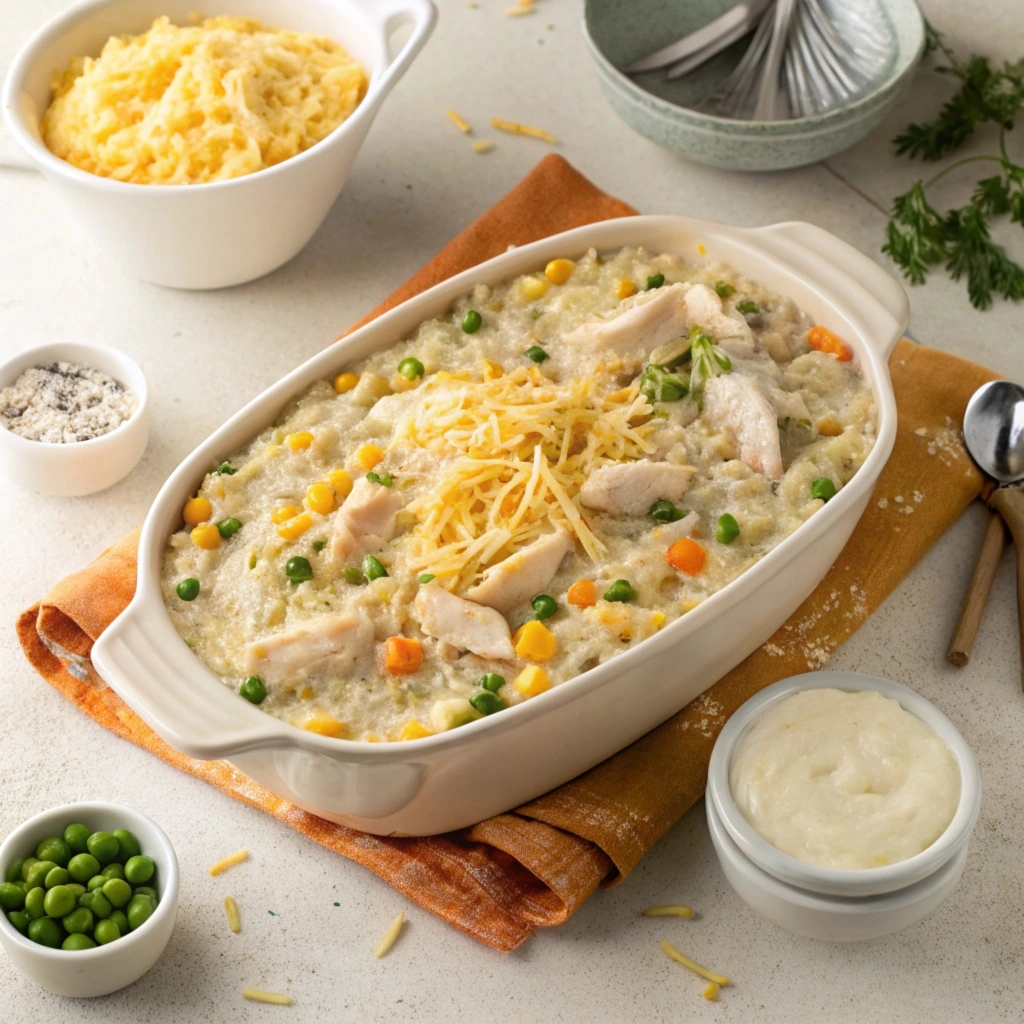Why Proper Storage of Rotisserie Chicken Matters
Rotisserie chicken is a household favorite due to its convenience and versatility. However, knowing how to store leftover rotisserie chicken properly is essential to ensure food safety and prevent waste. If mishandled, bacterial growth can quickly spoil the meat, posing health risks.
According to the FDA Food Storage Guidelines, properly storing cooked poultry like rotisserie chicken is critical for maintaining freshness and safety. Let’s explore how long leftover rotisserie chicken lasts in the fridge and the best practices for storage.
Understanding Rotisserie Chicken Shelf Life
The shelf life of leftover rotisserie chicken depends on how it’s stored. In general, cooked chicken stored in the refrigerator at or below 40°F (4°C) is safe to eat for 3-4 days. This guideline applies to rotisserie chicken, as confirmed by the CDC’s food safety recommendations.
Factors affecting shelf life:
- Temperature: Ensure the fridge is set below 40°F (4°C).
- Packaging: Use airtight containers or tightly wrapped foil/plastic wrap to prevent exposure to air and moisture.
- Freshness at purchase: The fresher the chicken at the time of purchase, the longer it will last.
How Long Can You Safely Store Cooked Chicken?
When stored correctly, leftover rotisserie chicken can last up to 4 days in the fridge. However, signs of spoilage may appear sooner if:
- The chicken was left at room temperature for over 2 hours.
- Improper containers or loose wraps allowed contamination.
Key signs that your chicken has spoiled:
- Unpleasant, sour odor.
- Slimy texture.
- Discoloration (gray or greenish tint).
For long-term storage, freezing is an option. Frozen chicken can maintain its quality for up to 4 months, provided it’s stored in a freezer-safe, airtight container. Refer to the USDA Guide to Freezing for more tips on freezing chicken safely.
Best Ways to Store Cooked Chicken Safely
Storing leftover rotisserie chicken correctly is essential for maintaining its flavor and safety. By following these tips, you can extend its shelf life and reduce food waste:
1. Cool Leftovers Quickly
- Place the chicken in the fridge within 2 hours of cooking or purchase.
- For quicker cooling, separate the meat from the bone and store it in smaller portions.
2. Use Airtight Containers
- Store chicken in airtight containers or resealable plastic bags. This prevents exposure to air and moisture, reducing the risk of bacterial growth.
- If using aluminum foil or plastic wrap, ensure the chicken is tightly wrapped.
3. Label and Date
- Write the storage date on the container or wrap. This practice helps you keep track of how long the chicken has been in the fridge.
4. Place in the Coldest Section of the Fridge
- Store leftovers on a lower shelf at the back, where temperatures are most consistent.
5. Avoid Cross-Contamination
- Keep chicken separate from raw foods in the fridge to prevent cross-contamination.
For additional ideas on making the most of your leftovers, consider recipes like casseroles or soups. Visit Easy Leftover Rotisserie Chicken Recipes for inspiration on how to turn leftovers into delicious meals.
How to Freeze Rotisserie Chicken the Right Way
If you’re not planning to use your leftover rotisserie chicken within a few days, freezing is an excellent option to preserve it for later. When frozen correctly, chicken can last up to 4 months while maintaining its quality.
Steps for Freezing Rotisserie Chicken:
- Prepare the Chicken
- Separate the chicken meat from the bones if it hasn’t been done already. This saves space and makes reheating easier.
- Cut the meat into smaller portions for convenient meal preparation later.
- Use Freezer-Safe Storage
- Place the chicken in freezer-safe bags, ensuring you remove as much air as possible. Alternatively, use airtight containers.
- Vacuum sealing is ideal if you have the equipment, as it minimizes exposure to air and prevents freezer burn.
- Label and Date
- Clearly mark the storage date on each bag or container to ensure you use the chicken within its best-by period.
- Reheating Tips
- Thaw chicken in the refrigerator overnight before reheating.
- Avoid thawing at room temperature to reduce the risk of bacterial growth.
For more ideas on how to use frozen chicken in recipes, check out this resource on Chicken Casserole Recipes for quick and hearty meal options.
Delicious Recipes to Use Up Leftover Chicken
One of the best things about leftover rotisserie chicken is its versatility. With just a little creativity, you can transform it into a variety of dishes that are both delicious and budget-friendly.
1. Soups and Stews
- Add shredded chicken to vegetable soup or hearty stews for a protein boost.
- Create a comforting chicken noodle soup or a spicy tortilla soup.
2. Salads
- Use chicken as a topping for Caesar, Cobb, or garden salads.
- Mix with mayo, celery, and seasonings for a quick chicken salad spread.
3. Casseroles
- Combine chicken with cooked pasta, cheese, and a creamy sauce to create a satisfying casserole.
- Try dishes like chicken enchilada casserole or chicken and rice bake.
4. Tacos and Wraps
- Use the chicken as a filling for tacos, burritos, or wraps. Add your favorite toppings, such as lettuce, salsa, and cheese.
- Make a quick barbecue chicken wrap with a drizzle of BBQ sauce and coleslaw.
5. Quick Snacks and Breakfasts
- Incorporate chicken into quesadillas for a simple snack.
- Add shredded chicken to omelets or breakfast burritos for a hearty start to your day.
If you’re looking for inspiration, try this Ultimate Chicken Alfredo Recipe Guide to use your leftovers in a creamy pasta dish.
Easy Leftover Rotisserie Chicken Recipe: Creamy Chicken and Rice Casserole
Serves: 4
Preparation Time: 10 minutes
Cooking Time: 30 minutes

Ingredients:
- 2 cups of shredded leftover rotisserie chicken
- 1 cup of uncooked rice (white or brown)
- 1 can (10.5 oz) of cream of mushroom soup (or cream of chicken)
- 1 ½ cups of chicken broth
- 1 cup of shredded cheddar cheese
- 1 cup of frozen mixed vegetables (peas, carrots, corn)
- 1 tsp garlic powder
- 1 tsp onion powder
- Salt and pepper to taste
- 1 tbsp butter or olive oil (for greasing the dish)
Instructions:
- Preheat the Oven:
- Preheat your oven to 375°F (190°C). Grease a 9×13-inch casserole dish with butter or olive oil.
- Mix the Ingredients:
- In a large mixing bowl, combine the shredded rotisserie chicken, uncooked rice, cream of mushroom soup, chicken broth, frozen vegetables, garlic powder, onion powder, salt, and pepper. Stir well to mix everything evenly.
- Assemble the Casserole:
- Pour the mixture into the greased casserole dish. Spread it out evenly with a spatula.
- Add Cheese:
- Sprinkle the shredded cheddar cheese evenly over the top.
- Bake:
- Cover the dish with aluminum foil and bake in the preheated oven for 25 minutes.
- Remove the foil and bake for an additional 5 minutes or until the cheese is bubbly and slightly golden.
- Serve and Enjoy:
- Let the casserole cool for a few minutes before serving. Garnish with fresh parsley if desired.
Quick Tip:
Pair this casserole with a side of Purple Sweet Potatoes for a colorful and nutritious addition to your meal!
Enjoy your comforting and budget-friendly meal made from leftover rotisserie chicken! Let me know if you’d like another recipe. 😊
How to Reduce Food Waste Using Leftover Chicken
Reducing food waste is not only good for the environment but also for your wallet. By using leftover rotisserie chicken wisely, you can make the most out of every purchase and avoid unnecessary waste.
1. Plan Your Meals
- Incorporate leftover chicken into your weekly meal plan. Plan recipes that use chicken as a key ingredient, such as soups, salads, or casseroles.
2. Portion Control
- Serve only what’s needed to reduce leftovers. Store any uneaten portions immediately to maintain freshness.
3. Get Creative
- Think beyond traditional recipes. Use leftover chicken in rice bowls, pizzas, or even baked potatoes.
4. Share or Donate
- If you’ve prepared more than your family can eat, share meals with neighbors or friends.
For more innovative ideas, explore Easy Leftover Rotisserie Chicken Recipes to turn leftovers into tasty, waste-free meals.
FAQs: Your Top Questions About Storing and Using Rotisserie Chicken
When it comes to leftover rotisserie chicken, there are plenty of common questions about storage, safety, and usage. Here are some clear answers to help you handle leftovers confidently.
1. Can I eat rotisserie chicken after 5 days in the fridge?
- Generally, it’s best to consume refrigerated chicken within 3-4 days. Eating it after 5 days may increase the risk of foodborne illness, especially if it wasn’t stored properly.
2. How can I tell if my chicken has gone bad?
- Look for these signs of spoilage:
- Sour or unpleasant odor.
- Slimy or sticky texture.
- Discoloration, such as gray or green patches.
3. What is the best way to reheat rotisserie chicken?
- To preserve moisture, reheat chicken in the oven at 350°F (175°C) with a splash of broth or water. Alternatively, use the microwave, covering the chicken with a damp paper towel to prevent drying.
4. Is it safe to refreeze cooked chicken?
- Yes, you can refreeze cooked chicken if it was thawed in the fridge and hasn’t been left at room temperature for long. Ensure proper packaging to prevent freezer burn.
5. What are the signs of foodborne illness from spoiled chicken?
- Symptoms may include nausea, vomiting, diarrhea, abdominal cramps, and fever. If you suspect food poisoning, seek medical attention promptly.
For more helpful tips, check out What’s in a Casserole? Tips and Recipes to safely reuse chicken in creative ways.
The Risks of Consuming Spoiled Food
Eating spoiled chicken can have serious health consequences. It’s crucial to recognize the risks and take precautions to avoid foodborne illnesses caused by improper storage or consuming leftover rotisserie chicken beyond its safe shelf life.
1. Common Bacteria Found in Spoiled Chicken
- Salmonella: A leading cause of foodborne illness, it can result from undercooked or improperly stored chicken.
- Campylobacter: Another common bacteria, often linked to symptoms such as diarrhea, fever, and stomach cramps.
- Clostridium perfringens: Found in cooked foods left at unsafe temperatures for too long, it can cause rapid-onset food poisoning.
2. Symptoms of Foodborne Illness
- Symptoms include nausea, vomiting, abdominal pain, diarrhea, and fever. These typically appear within 6–24 hours after consuming contaminated chicken.
3. How to Prevent These Risks
- Always store chicken at or below 40°F (4°C).
- Reheat leftovers to an internal temperature of at least 165°F (74°C).
- Discard chicken if it shows any signs of spoilage, as mentioned earlier.
Taking the right steps can help protect you and your family. For tips on improving your meals while maintaining safety, visit Improve Alfredo Sauce and incorporate quality ingredients with your chicken.
Conclusion: Safe and Delicious Meals Every Time
Rotisserie chicken is a convenient and versatile ingredient, but ensuring its safety requires proper storage and handling. By following the guidelines to refrigerate or freeze your leftover rotisserie chicken promptly and recognizing signs of spoilage, you can reduce the risk of foodborne illness and make the most of your purchase.
Incorporating leftover chicken into creative recipes—such as soups, casseroles, or salads—not only enhances your meals but also minimizes food waste. Remember, proper planning and portioning go a long way in keeping your kitchen efficient and safe.
Take the time to handle your leftovers carefully, and explore resources like Easy Leftover Rotisserie Chicken Recipes for inspiration to transform leftovers into delicious dishes.
By prioritizing food safety and smart meal planning, you can enjoy your rotisserie chicken without worry while saving time and money.

